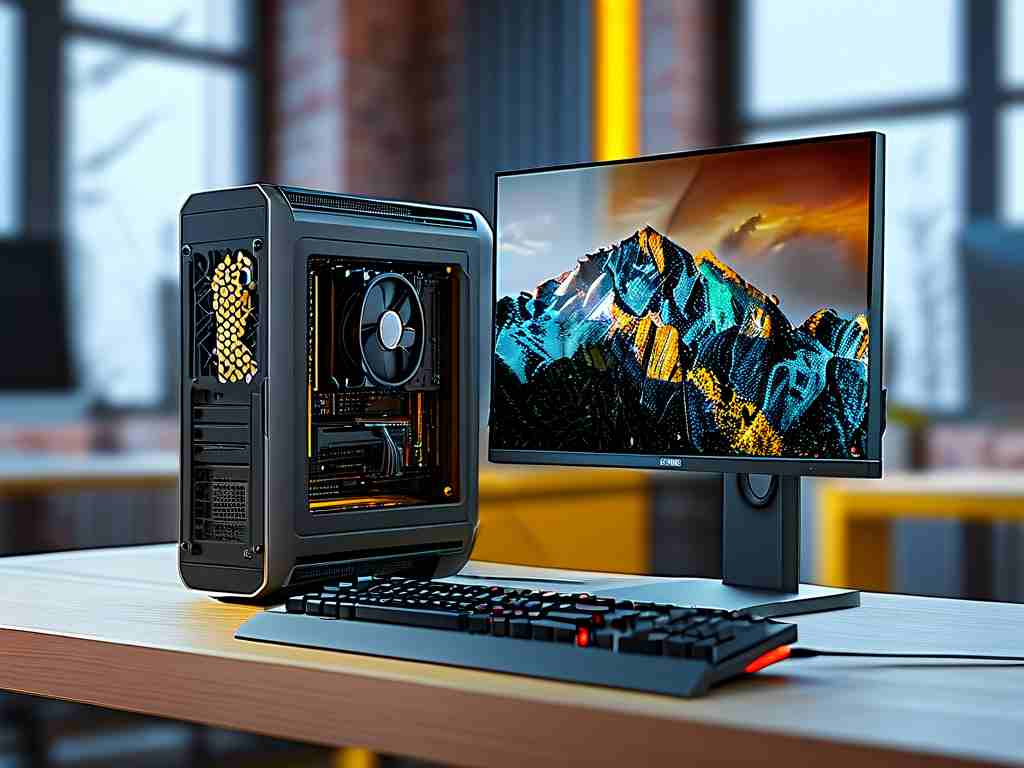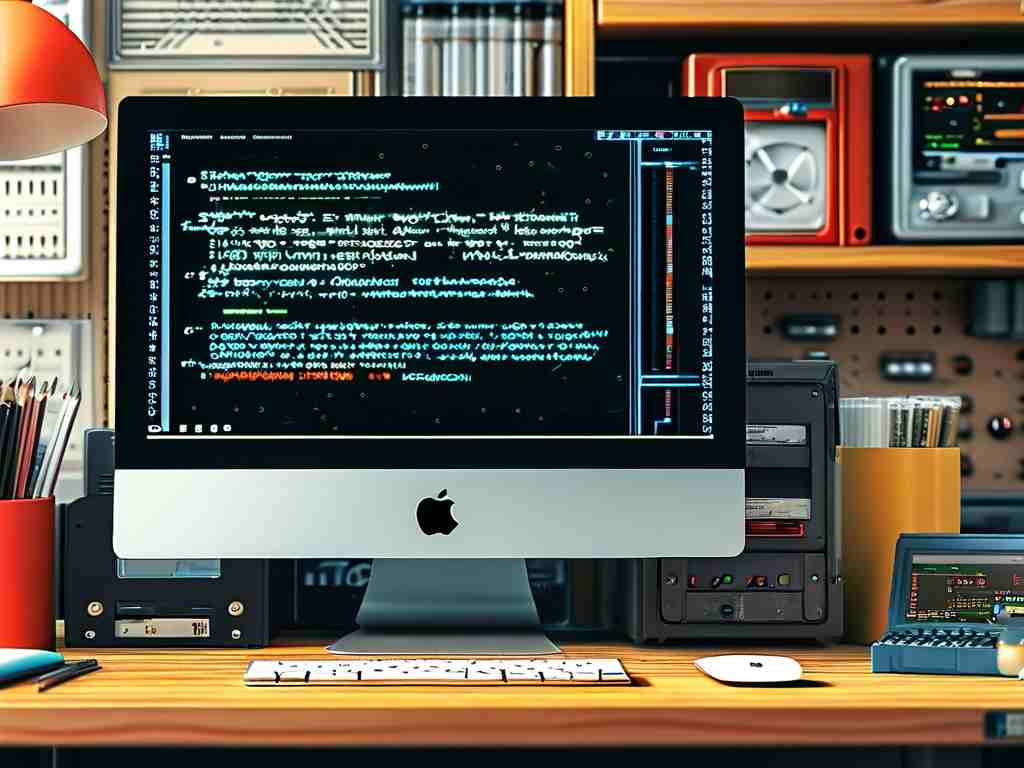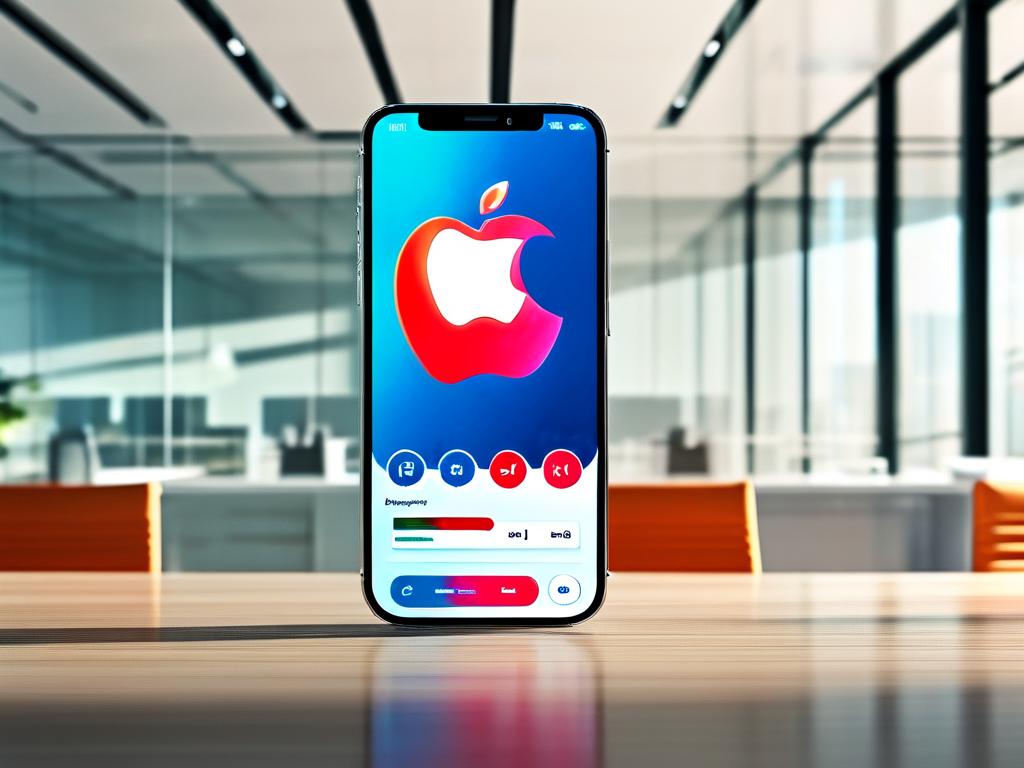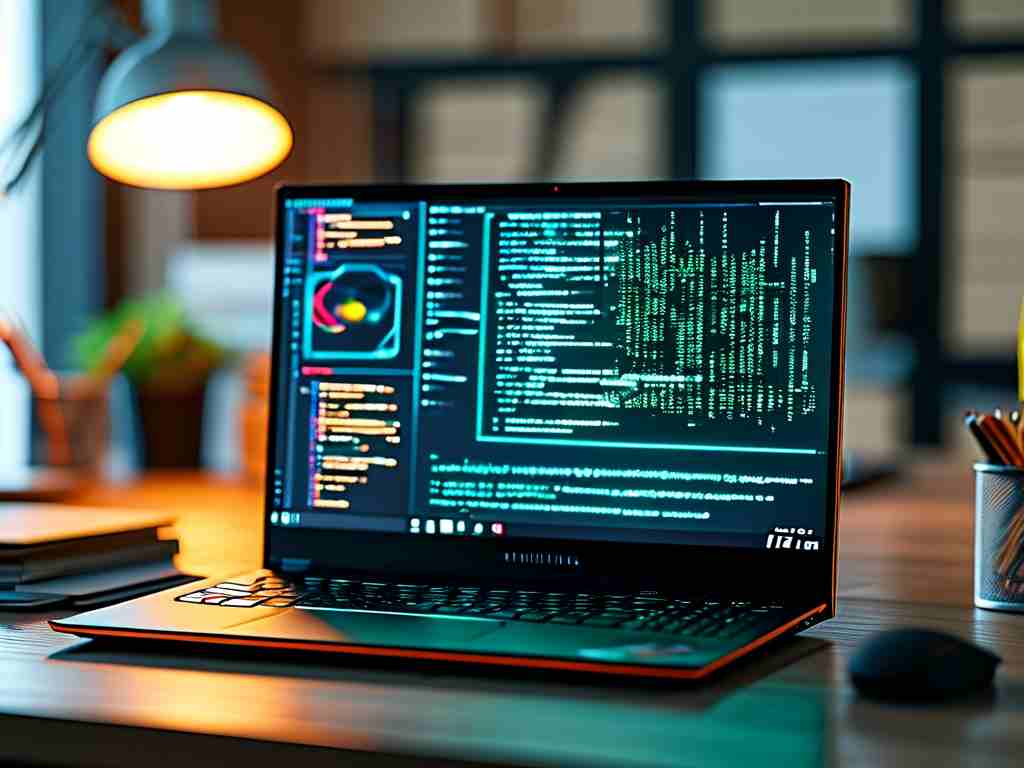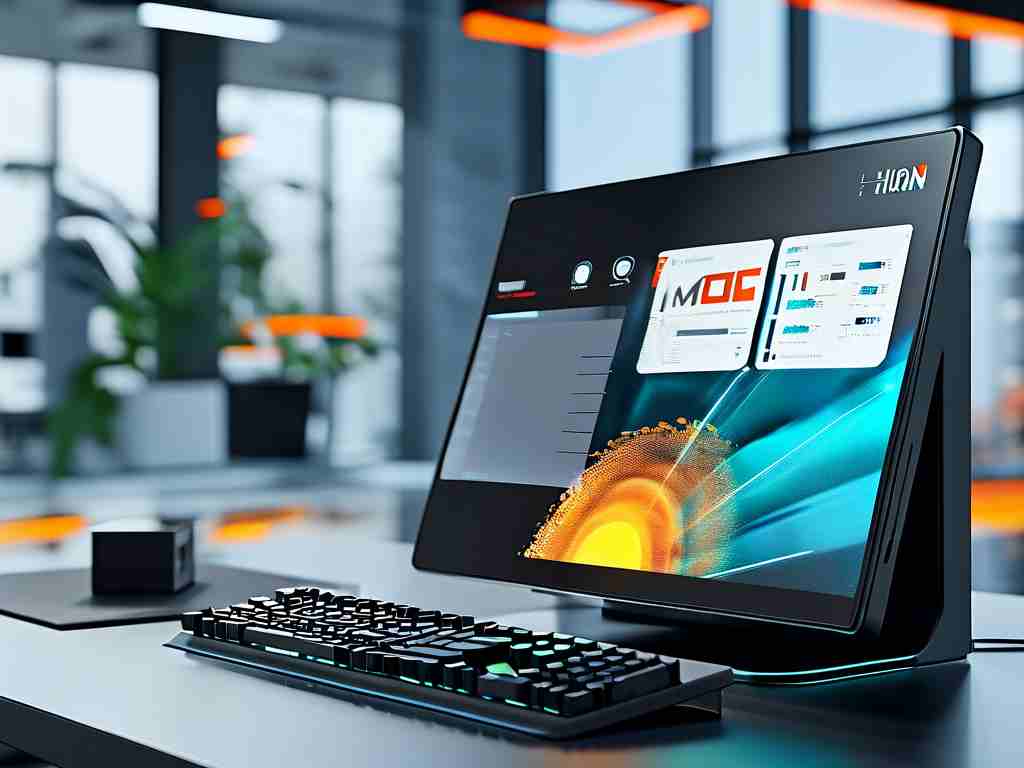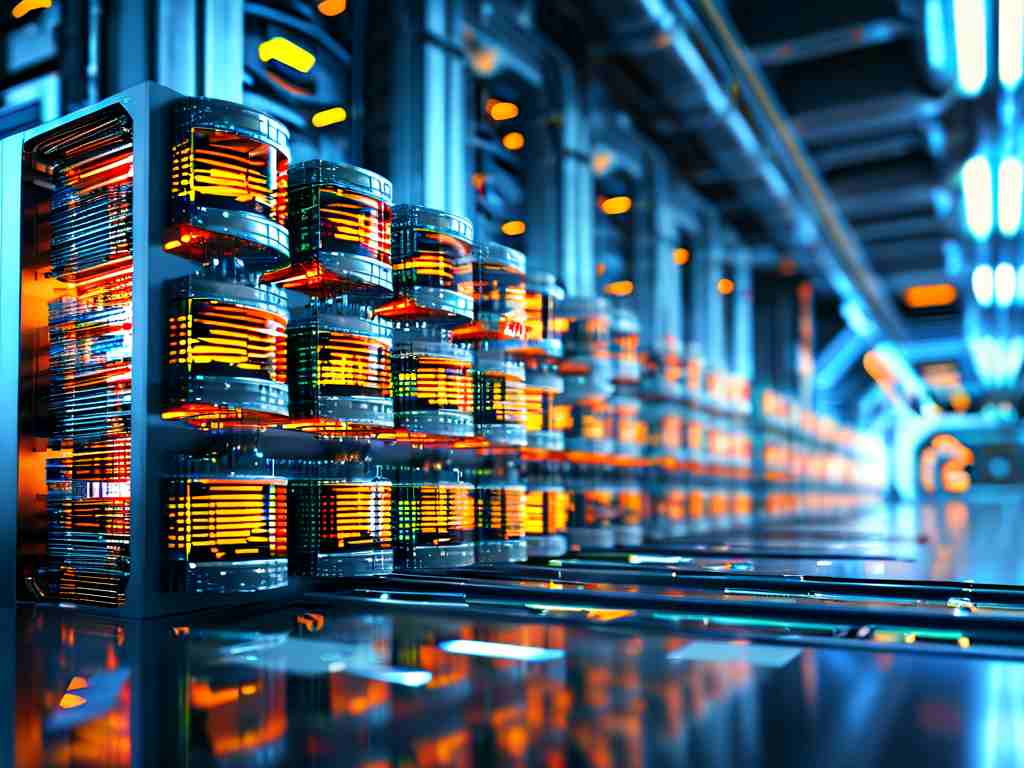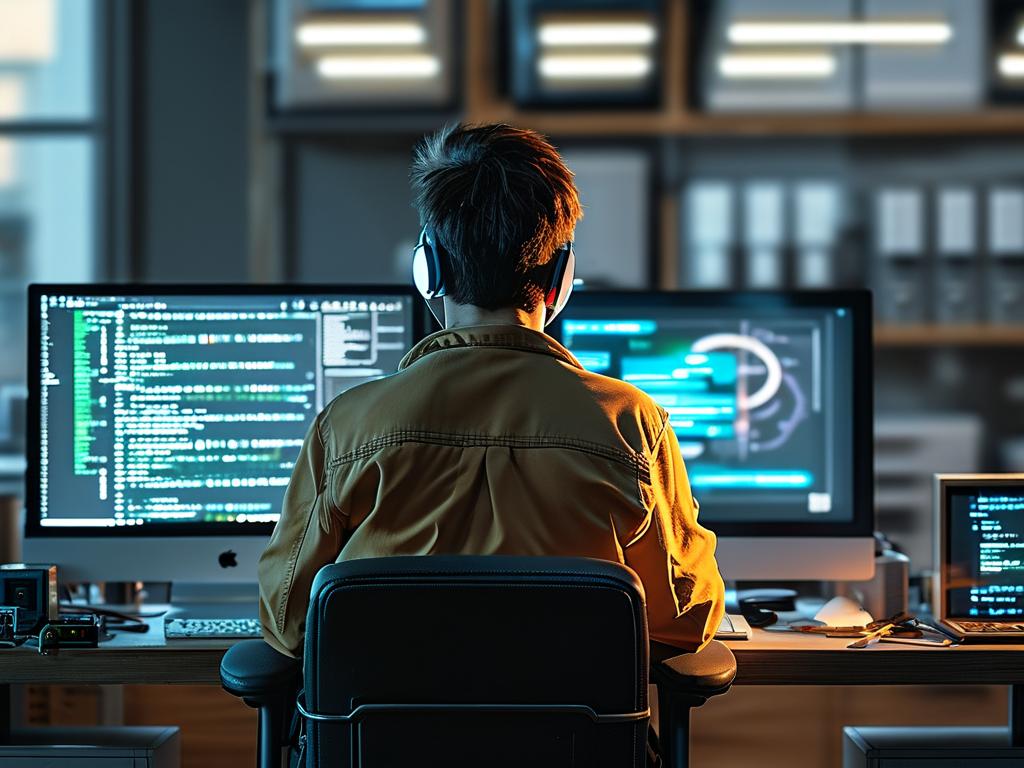In recent years, Huawei has emerged as a global leader in consumer electronics, offering smartphones, tablets, and laptops with cutting-edge hardware. However, some users have reported sluggish performance related to memory and storage on their Huawei devices. This article explores the root causes of these issues and provides actionable solutions to optimize device efficiency.

Understanding Memory and Storage Dynamics
Huawei devices, like most modern electronics, rely on two critical components for performance: RAM (Random Access Memory) and internal storage. RAM handles active tasks and apps, while storage retains data long-term. When either component struggles to keep up, users may experience lag, app crashes, or delayed file access. A common misconception is that storage speed alone dictates performance, but RAM management and software optimization play equally vital roles.
Common Causes of Slow Performance
-
Background Process Overload
Huawei’s EMUI or HarmonyOS manages background apps to balance performance and battery life. However, excessive background processes—especially from social media or gaming apps—can drain RAM. Over time, cached data accumulates, fragmenting storage and slowing read/write operations. -
Storage Near Capacity
When a device’s storage reaches 80–90% capacity, the file system works harder to allocate space, causing delays. This is particularly noticeable on devices with older eMMC storage chips, which lack the speed of modern UFS or NVMe technology. -
Software Updates and Compatibility
While Huawei regularly releases system updates, minor bugs or incompatible third-party apps can create memory leaks. For example, a poorly coded app might fail to release RAM after closing, gradually degrading performance. -
Hardware Limitations
Entry-level Huawei models often prioritize affordability over specs, featuring 4GB RAM or 64GB storage. These configurations struggle with multitasking or large file transfers, leading to perceived “slowness.”
Proven Optimization Strategies
To address these challenges, users can implement both software tweaks and hardware upgrades:
-
Clear Cache Regularly
Navigate to Settings > Storage > Cleanup to remove temporary files. For app-specific caches, go to Apps > [App Name] > Storage > Clear Cache. -
Limit Background Activity
Use the Phone Manager app to restrict background processes. Enable “Power Saving Mode” to automatically freeze non-essential tasks. -
Expand Storage Wisely
For devices with microSD slots, use high-speed cards (UHS-I or higher) to offload media files. Avoid storing critical apps on external storage, as read speeds may bottleneck performance. -
Update Strategically
Install OS updates promptly but verify app compatibility afterward. If issues arise after an update, consider rolling back via Huawei’s HiSuite toolkit.
When Hardware Upgrades Make Sense
Older devices like the Huawei P30 or Mate 20 series can benefit from professional RAM management services. Authorized service centers may offer storage chip replacements or RAM optimization firmware. For example, upgrading from eMMC 5.1 to UFS 3.1 storage can triple sequential read speeds, as shown in this benchmark snippet:
// Sample storage speed comparison
eMMC 5.1: Read 250 MB/s | Write 120 MB/s
UFS 3.1: Read 750 MB/s | Write 550 MB/s Sluggish memory or storage performance on Huawei devices often stems from manageable software issues rather than hardware flaws. By combining routine maintenance with smart usage habits, most users can restore their device’s responsiveness. For persistent issues, Huawei’s service network provides cost-effective hardware solutions. As the company continues refining HarmonyOS, future updates may further streamline resource allocation, ensuring smoother experiences across its product ecosystem.


